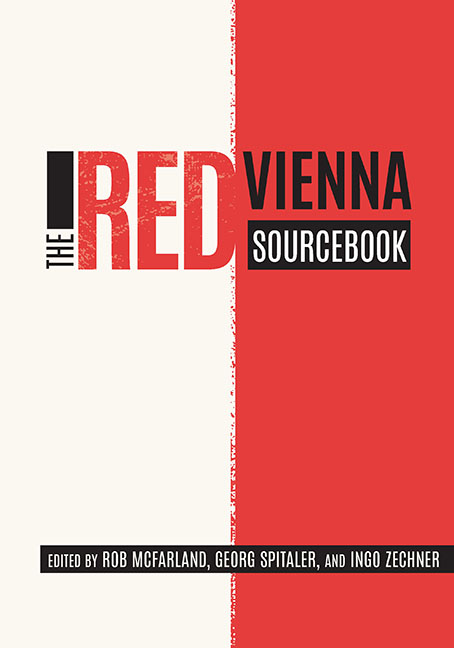Book contents
- Frontmatter
- Contents
- Acknowledgments
- Permissions and Credits
- A Note on the Structure of This Book
- Introduction
- Part I Foundations
- Part II Philosophies
- Part III Identities
- Part IV New Values
- Part V Social Engineering
- Part VI Vitality
- Part VII Housing
- Part VIII Cultural Politics
- Part IX Mass Media
- Part X Exchange
- Part XI Reaction
- Part XII Power
- Chronology
- References
- Contributors
- Index of Subjects
- Index of Persons
Chapter 9 - Demography
Published online by Cambridge University Press: 23 October 2020
- Frontmatter
- Contents
- Acknowledgments
- Permissions and Credits
- A Note on the Structure of This Book
- Introduction
- Part I Foundations
- Part II Philosophies
- Part III Identities
- Part IV New Values
- Part V Social Engineering
- Part VI Vitality
- Part VII Housing
- Part VIII Cultural Politics
- Part IX Mass Media
- Part X Exchange
- Part XI Reaction
- Part XII Power
- Chronology
- References
- Contributors
- Index of Subjects
- Index of Persons
Summary
AFTER WORLD WAR I, the population of Vienna dropped from some 2.1 million inhabitants to fewer than 1.9 million. One reason for this decline was the high death rate caused by food shortages during and after the war. Infants and children were chronically malnourished and thus among the most affected by the food shortages. In addition, epidemics such as the Spanish flu also took their toll across the entire population. Other reasons for this decline included the relocation of ethnic minorities to the successor states of the monarchy, war refugees returning home (most notably those who returned to the former Galicia, which had become part of the Republic of Poland), and, most importantly, the emigration of over one hundred thousand members of the Czech minority to the newly founded state of Czechoslovakia. Despite high pressure to assimilate, the Czech minority had been prominent in the city since the late nineteenth century, and it continued to remain an important cultural and demographic element in the years following 1918.
In the immediate postwar years, the question of social inclusion and exclusion in Red Vienna centered on two specific concerns: first, who would be eligible to benefit from the city's municipal services, and second, how would the city address the question of immigration? The answers to both must be understood in the context of racial anti-Semitism, the main targets of which were the Jewish refugees that had migrated from Galicia during the war. Accordingly, the question of citizenship in the new state—the determination of who belonged to the German-Austrian nation and could therefore benefit from its services—was defined almost exclusively by an attempt to exclude Galician Jews, despite their numbers not exceeding thirty thousand after 1918.
The provisional German-Austrian constitution of 1918 had openly discriminated against long-standing Austrians from Galicia (which, to conceal its true aim, was also extended to include those from Istria and Dalmatia) with respect to those from other former crown lands; their citizenship had been made dependent on the right of residence in an Austrian municipality, which had carried a residency requirement of at least ten years. The Treaty of Saint-Germain suspended this regulation in 1919, but unintentionally continued to enable discrimination against Jewish refugees.
- Type
- Chapter
- Information
- The Red Vienna Sourcebook , pp. 173 - 190Publisher: Boydell & BrewerPrint publication year: 2019

